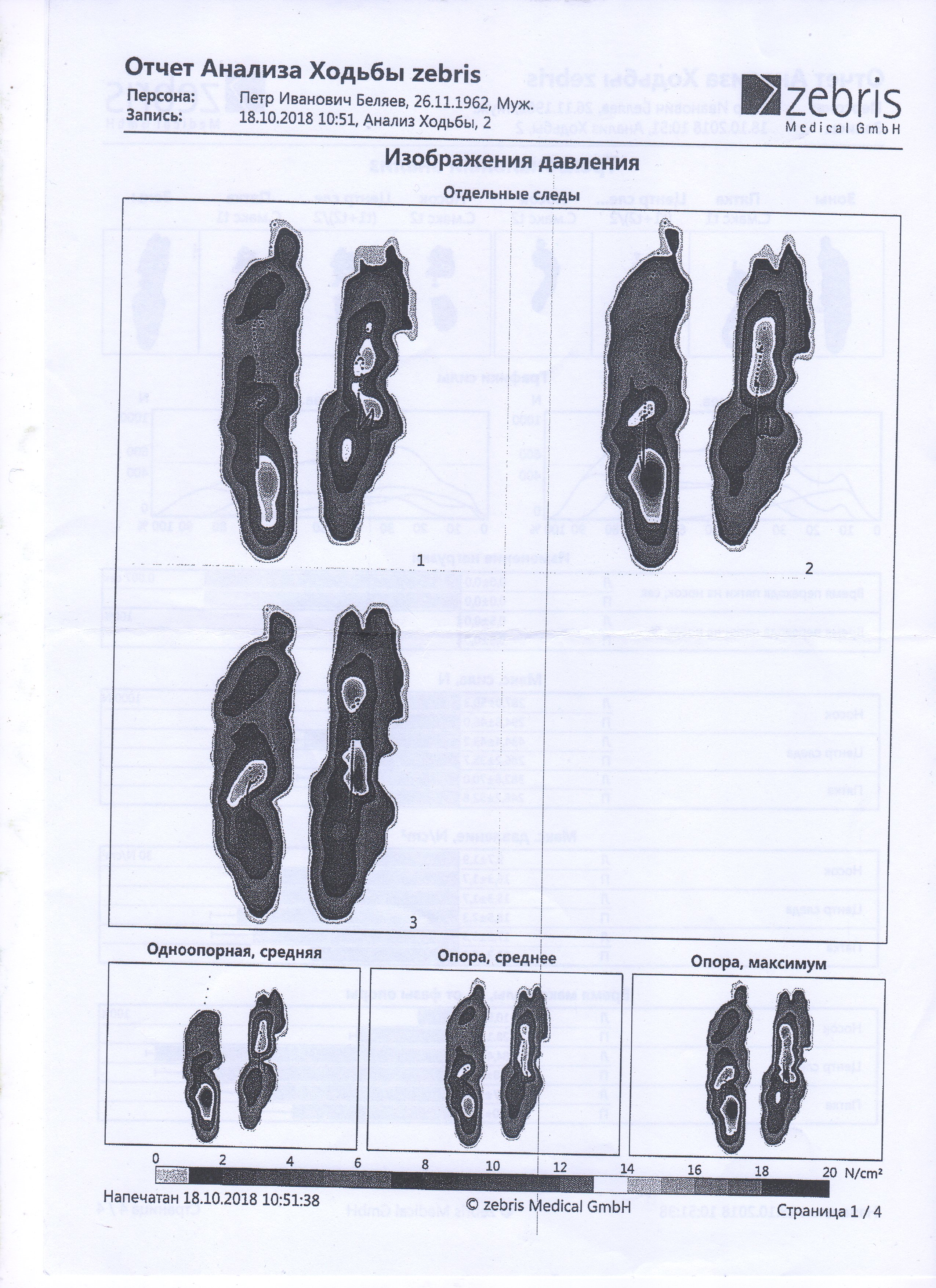Category: Ataxia
Objective: The goals of our study were evaluation of disequilibrium, static and dynamic functions and anti-GAD antibodies concentrations in immune mediated and mercury intoxication ataxias and compare these parameters in both types of gait disturbances.
Background: Ataxia often appears as hereditary spinocerebellar degeneration (with three-nucleotides repeats) or autoimmune (with anti-GAD antibodies ) diseases. Ataxia also could manifest as a result of mercury intoxication. Static and dynamic functions in terms of plantar pressure using Zebris stabilometric assessment technology used for ataxia and gait disturbances evaluation.
Method: Under our observation were 114 patients, women and men from 28 to 74 years old. with different degrees of mercury intoxication and autoimmune ataxias. Control group consisted from 98 healthy donors by the same ages and genders. Zebris stabilometric assessment allows to study severity of statodynamic functions violations was carried out using the following methods: the main set of tests for a static platform (mCTSIB – a modified clinical test of sensory interaction (in maintaining balance), LOS – test of stability boundaries, RWS – test of rhythmic movement of body weight). Core assessment balance test battery for a dynamic platform (SOT – sensory organization test, MCT – motor control test, ADT – adaptation test); an additional set of tests (protocols) (US – standing on one leg, WBS – support (distribution) of weight when squatting, STS – standing up from a sitting position, WA – walking, TW – “tandem” walking, SQT – step-quick turn, SUO – lifting – stepping over, FL – forward lunge). Anti-GAD antibodies (AB) were detected by Western Blot.
Results: We observed functionally significant violations of the balance maintenance function, mainly due to somatosensory and vestibular deficiency; visual deficit; inadequacy and difficult adaptation of motor responses; biomechanical limitations, violation of the formation of the motor program. It was revealed increased anti-GAD AB levels in autoimmune ataxia patients In mercury intoxication ataxia patients anti-GAD AB levels were suppressed.
Conclusion: Decreased level of mercury intoxication ataxia probably was a result of immunosuppression. Plantar pressure and static and dynamic gate evaluation in both types of ataxias demonstrated similar clinical manifestation despite different immune responses.
To cite this abstract in AMA style:
N. Kolmykova, S. Kiryukhina, D. Labunskiy, E. Razgadova, M. Kustov. Immune-Mediated and Mercury Intoxication Ataxias: Anti-GAD Antibodies and Dynamic Stabilometriс Assessment [abstract]. Mov Disord. 2021; 36 (suppl 1). https://www.mdsabstracts.org/abstract/immune-mediated-and-mercury-intoxication-ataxias-anti-gad-antibodies-and-dynamic-stabilometri%d1%81-assessment/. Accessed April 2, 2025.« Back to MDS Virtual Congress 2021
MDS Abstracts - https://www.mdsabstracts.org/abstract/immune-mediated-and-mercury-intoxication-ataxias-anti-gad-antibodies-and-dynamic-stabilometri%d1%81-assessment/

